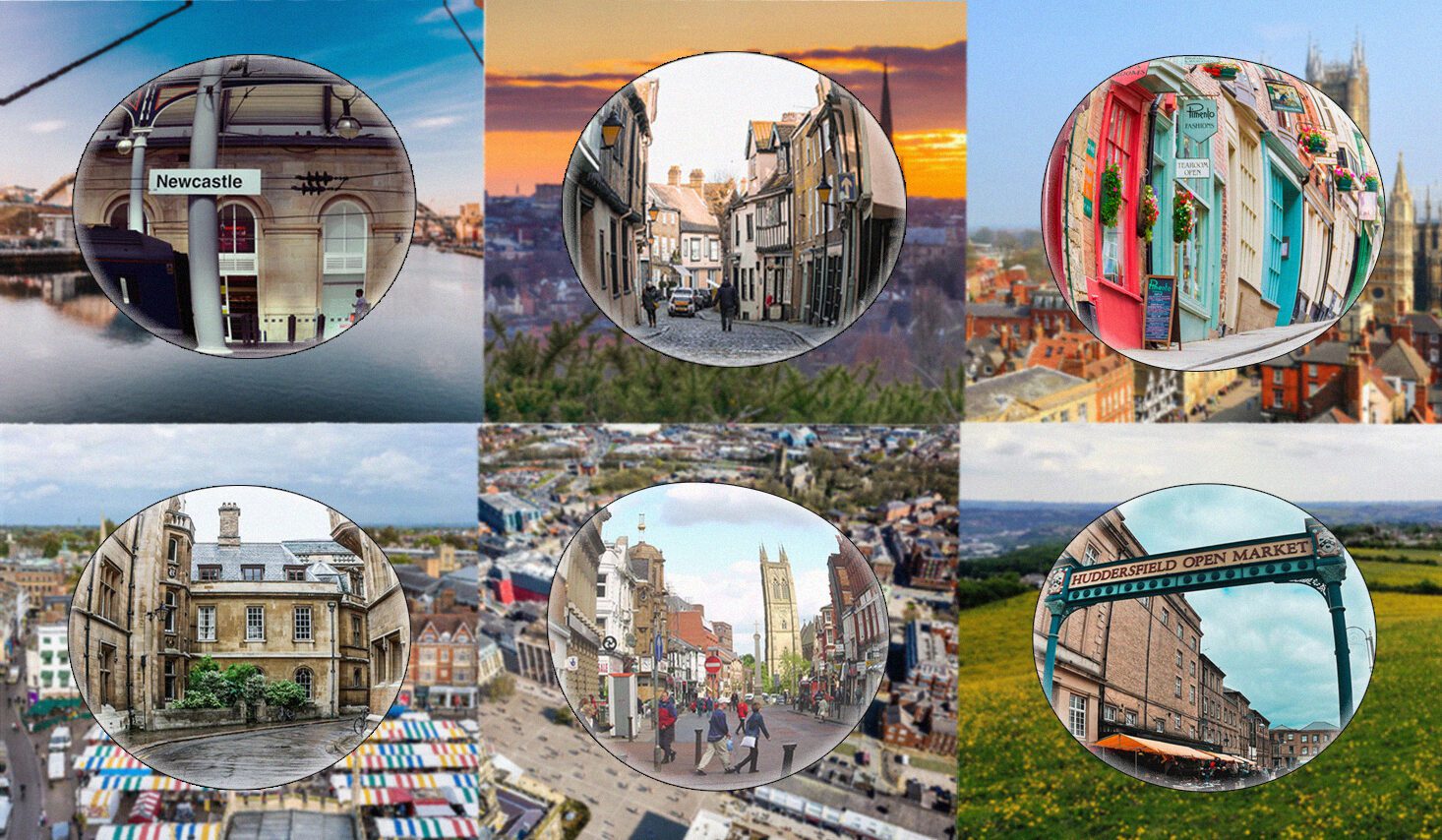
Now, you might not care about the census, but it’s important and we’re going to explain why. So, what is the census and why is it such a big deal? Well, the census is a nationwide survey undertaken by the Office for National Statistics every 10 years. The data collected by the census gives a clearer insight into the varying demographics that make up England and Wales. The most recent census took place in 2021 and for the historic first time, the mandatory data collection provided the opportunity for LGBTQ+ people to voluntarily provide information on the sexual orientation and gender identity.
The significance of the 2021 census cannot be understated and for good reason, as Nancy Kelley, the chief executive of Stonewall explained. “For the past two centuries of data gathering through our national census, LGBTQ+ people have been invisible, with the stories of our communities, our diversity, and our lives missing from the national record,” Kelley publicly stated. Similarly, Dr Kevin Guyan, Research Fellow at the University of Glasgow and LGBT data expert, hailed the the collected data a “landmark moment for inclusion”.
For many, the census data revealed a detailed up-to-date look at the growing LGBTQ+ community for the first time. Online, via the Office of National Statistics (ONS) page, users are able to explore a digital map to zoom in on cities, towns, and locations with a varying LGBTQ+ population. The filters are provided to focus on data based on those that openly identify as “straight or homosexual” or “lesbian, gay, bisexual, or other (LGB+)”.
We also have to note that data collected in this census was voluntarily submitted by LGBTQ+ identifying participants that are aged 16 and older. So, now that’s out of the way, it’s time to get stuck in to the data. While there’s endless options on what we can do with these numbers, we decided to have fun with the available stats.
So, for those fed up of London or need a change of scene from Brighton, here’s our unofficial ranking (in no specific order) of the growing LGBTQ+ hotspots that you need on your radar. Keep reading to find out the locations that made the cut…
Cambridge
Now, you might not be surprised to see Cambridge on this list, but we all have to start somewhere. Across the board, the eastern city upholds a steady population of LGBTQ+ identifying people. In fact, 13.13% of people in Central and West Cambridge self-identify as lesbian, gay, bisexual, or other (LGB+). Similarly 11.49% of people in Eddington & Castle fall into the same category. And, it doesn’t stop there either. While the stats are a little lower, 6.84% of people in West Chesterton, a Cambridge suburb, openly identified as LGBTQ+ too.
Norwich
Next up, we’ve got Norwich. Situated in England’s Norfolk County, the district caught our eye with its saturated dark blue marking on the census map. If you’ve got no idea what we’re on about, well, the ONS maps is colour coded to represent how densely populated an area is. In this case, the colours signify how many openly LGBTQ+ identifying people lived in that location.
For Norwich, the map displayed a healthy mix of dark blues. The census map recorded 10.73% of people in the Earlham Road and College Road area and 14.09% of people in City Centre West. Slightly further out, figures dropped to 8.39% in New Catton and Mousehold North, which is just north of College Road.
Newcastle
Further up north, Newcastle, commonly called the “university city” due to the influx of students, displayed a concentrated number of LGBTQ+ people across multiple locations. Newcastle City Centre came out top with the highest number (11.57%), Heaton Park and Portland Road came in second at 11.22%, and Shieldfield and Quayside came in with 10.72% of people identifying as LGBTQ+, according to the census.
Preston
A Lancashire city, Preston is also north of England, neighbouring major city Manchester and hotspots Blackpool and Blackburn. While this might not be an obvious choice, Preston highlighted an interesting trend of data. We found a greater number of LGBTQ+ people within its more urban areas. In Preston’s Town Centre, 7.23% of people identified as LGBTQ+, compared to a marginally higher 8.23% for those living in Plungington and University.
St. Helens
Located in a town in Merseyside, St. Helens is another location that may come as a surprise. While St. Helens’ figures are slightly lower compared to other destinations, it’s worth noting a variety of factors can impact the data output displayed e.g. the census can only show data for openly LGBTQ+ people and identities outside of “lesbian, gay, or bisexual” are classified as “other”. Look at the data, the census may showed that 4.77% of people aged 16 years and over identified as LGBTQ+ in St. Helen’s Town Centre West. Similarly, the Town Centre East & Fingerpost, came in at 4.51%.
We’ve updated our Census maps tool, adding data published today on sexual orientation and gender identity in England and Wales.
Discover what the data in your neighbourhood shows ➡️ https://t.co/NEqbnAIeGK pic.twitter.com/UwhpBYNQUn
— Office for National Statistics (ONS) (@ONS) January 6, 2023
Glossop
Moving onto our next five locations, a small market town in Derbyshire, we’ve spotlighted Glossop as a reminder that locations outside of mega cities deserve recognition, as do their LGBTQ+ communities. In the small English town, the UK census revealed 4.09% of people identify as lesbian, gay, bisexual, or other.
Bolton
Moving back near Manchester, Bolton is home to its infamous football club and, now, we’re shedding light on the steady number of LGBTQ+ people that reside in the town. Sticking to a similar trend of the smaller English towns, Bolton had 4.89% of people in Central Bolton counted as lesbian, gay, bisexual, or other.
Dukinfield West
Another town that gets overlooked is Dukinfield. Located in Tameside, Greater Manchester, 4.42% of people in Dukinfield, specifically Dukinfield West, opted to be counted as LGBTQ+ in the 2021 census.
Lincoln
Heading back to the Midlands, Lincoln may be a location that’s already on your radar for its LGBTQ+ vibes, but we’ve included it anyway. Thanks to its university crowd, the city recorded a promising 13.47% of LGBTQ+ identifying people in Wharf & University. While, in Pelham Bridge & South Common, 9.36% of people disclosed their sexual orientation.
Huddersfield
For our final entry of up-and-coming LGBTQ+ locations to know about, West Yorkshire has your answer with Huddersfield. ONS’ census data revealed that 6.67% of people (aged 16 years and over) in Aspley, Longley & University MSOA self-identify as lesbian, gay, bisexual, or other.
You can access the ONS’ map of sexual orientation voluntarily recorded by the person completing the census here. For more information on the UK census, visit the ONS site here.



